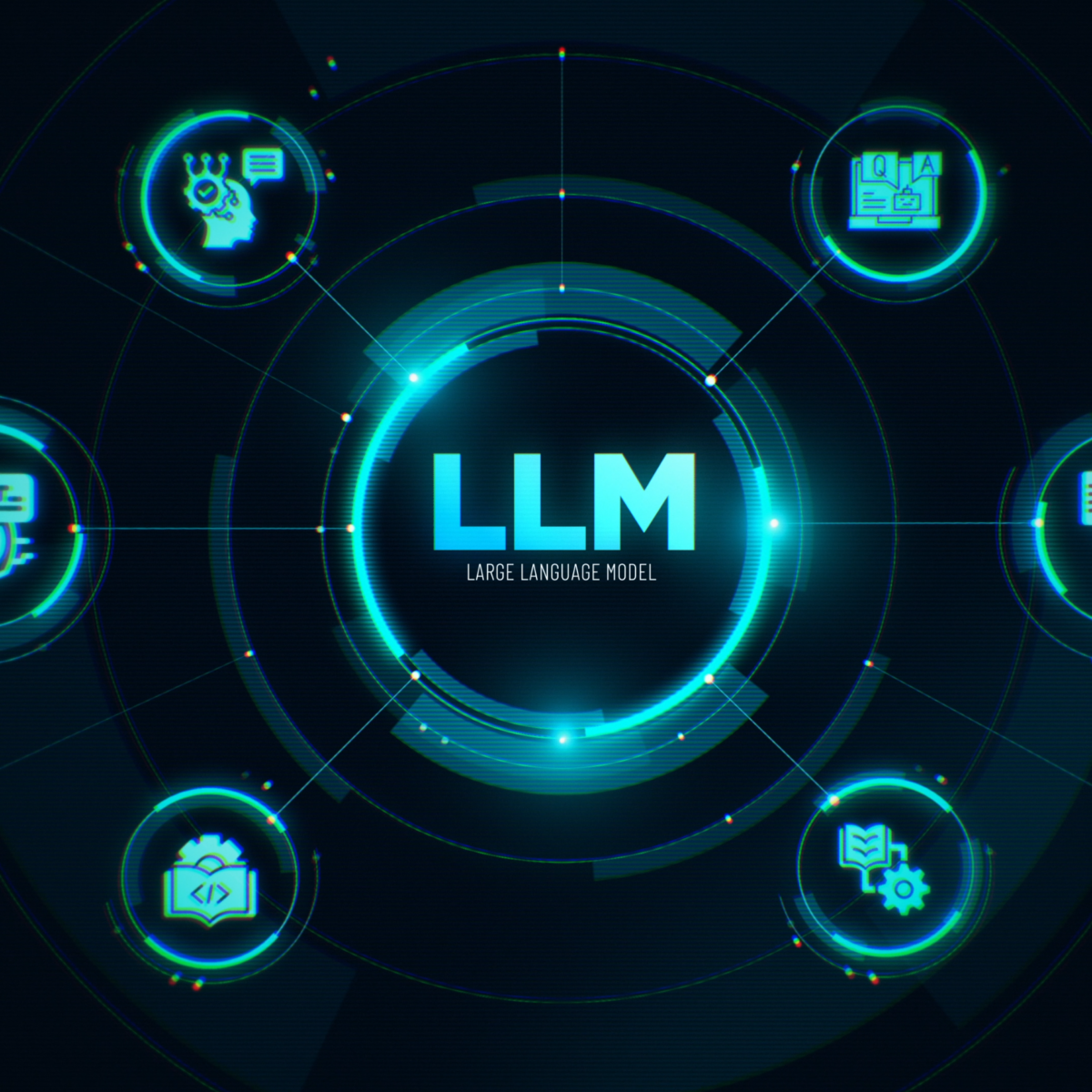Large Language Models (LLMs) represent a revolutionary technology in the fields of artificial intelligence and natural language processing. These models, trained on vast amounts of textual data, have the ability to understand, generate, and process human language with a high level of accuracy and naturalness. In this article, we will explore the technical aspects of LLMs, their architecture, training, and applications.
LLM Architecture
- TransformersThe foundation of most modern LLMs is the transformer architecture, first introduced in the paper “Attention is All You Need” by Vaswani et al. Transformers use a mechanism called “self-attention,” which allows the model to weigh the importance of different words in a sentence when generating output. This method enables efficient parallel processing and overcomes the limitations of earlier models such as recurrent neural networks (RNNs) and long short-term memory (LSTM) networks.
- Deep Neural NetworksLLMs are deep neural networks with many layers of transformers. Each layer contains tens to hundreds of millions of parameters, trained on extensive corpora of textual data. For example, OpenAI’s GPT-3 model has 175 billion parameters, making it one of the largest language models in the world.
Training LLMs
- DatasetTraining LLMs requires enormous amounts of textual data. These datasets include various sources such as books, articles, websites, forums, and more. Large and diverse datasets ensure that the models have broad knowledge and can generate text in many different contexts and styles.
- Pre-training and Fine-tuningThe training process for LLMs can be divided into two main phases: pre-training and fine-tuning.
- Pre-training: The model is trained on a large, unstructured dataset, learning language patterns, grammar, factual knowledge, and some level of contextual understanding. This process involves tasks like predicting the next word in a sentence.
- Fine-tuning: After pre-training, the model is further refined on specific tasks or datasets, improving its performance in particular applications. This process may involve training on smaller, more structured datasets relevant to the intended use of the model.
Applications of LLMs
- Text GenerationOne of the most common applications of LLMs is text generation. Models can write essays, articles, poetry, stories, and even code. Their ability to understand context and generate natural language makes them ideal for tasks that require creating new content.
- Chatbots and Virtual AssistantsLLMs are widely used in chatbots and virtual assistants, such as GPT-3 in OpenAI’s ChatGPT. These applications can answer questions, provide recommendations, assist with technical support, and more.
- Translation and SummarizationLLMs are also used for automatic translation and text summarization. Their ability to understand multiple languages and contexts enables accurate and efficient translations and summaries.
- Sentiment Analysis and Text ClassificationIn the fields of sentiment analysis and text classification, LLMs can help identify emotions, opinions, and categorize content. This capability is valuable for applications in marketing, social media, and customer support.
Challenges and Future of LLMs
- Computational DemandsTraining and operating LLMs require significant computational resources. The energy consumption and hardware costs are substantial factors that can limit the broader adoption of these technologies.
- Ethical and Social IssuesThe use of LLMs also raises numerous ethical and social questions, including the potential spread of misinformation, data biases, and privacy concerns. It is essential to develop and implement policies and regulations that ensure responsible and ethical use of these technologies.
- Personalization and AdaptationFuture developments in LLMs aim for greater personalization and adaptation to individual user needs. This includes better context understanding, increased interactivity, and the ability to learn and adapt in real-time.
Large Language Models represent a significant leap forward in artificial intelligence and natural language processing. Their ability to understand and generate human language opens up new possibilities in many areas, from content creation to customer support. Despite the challenges associated with their development and deployment, LLMs are a crucial tool for the future of communication and interaction between humans and machines.

